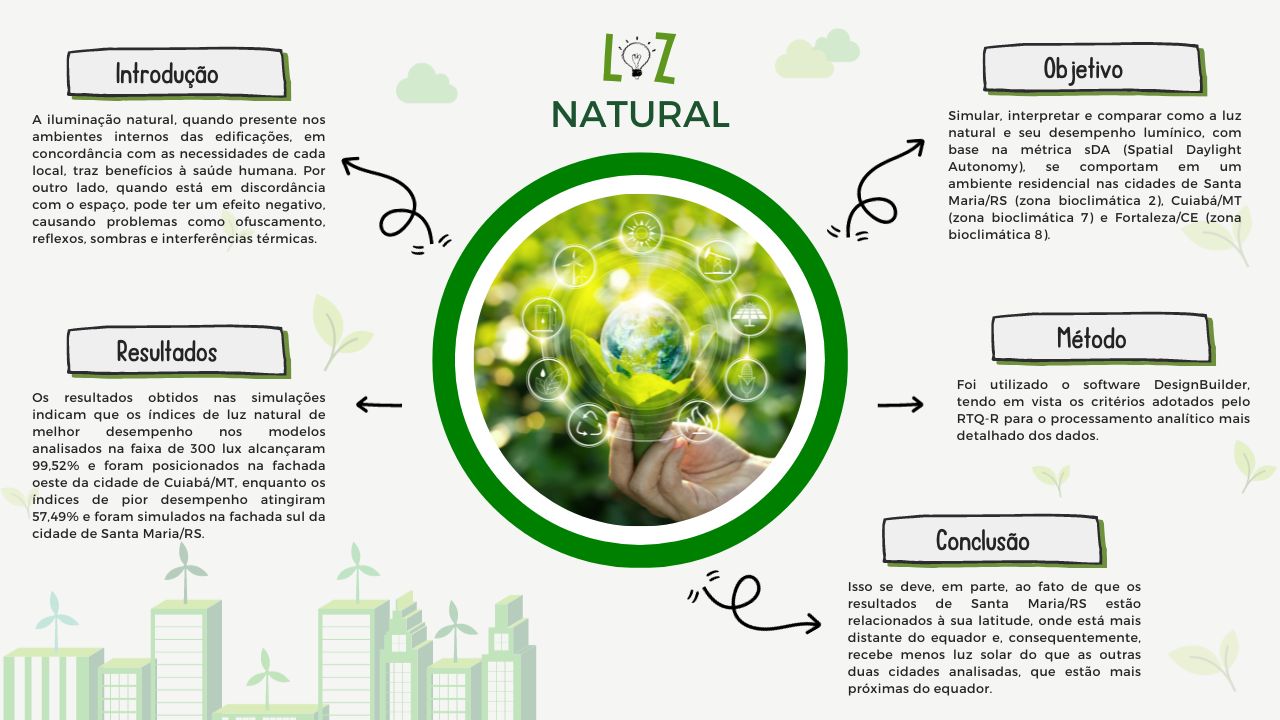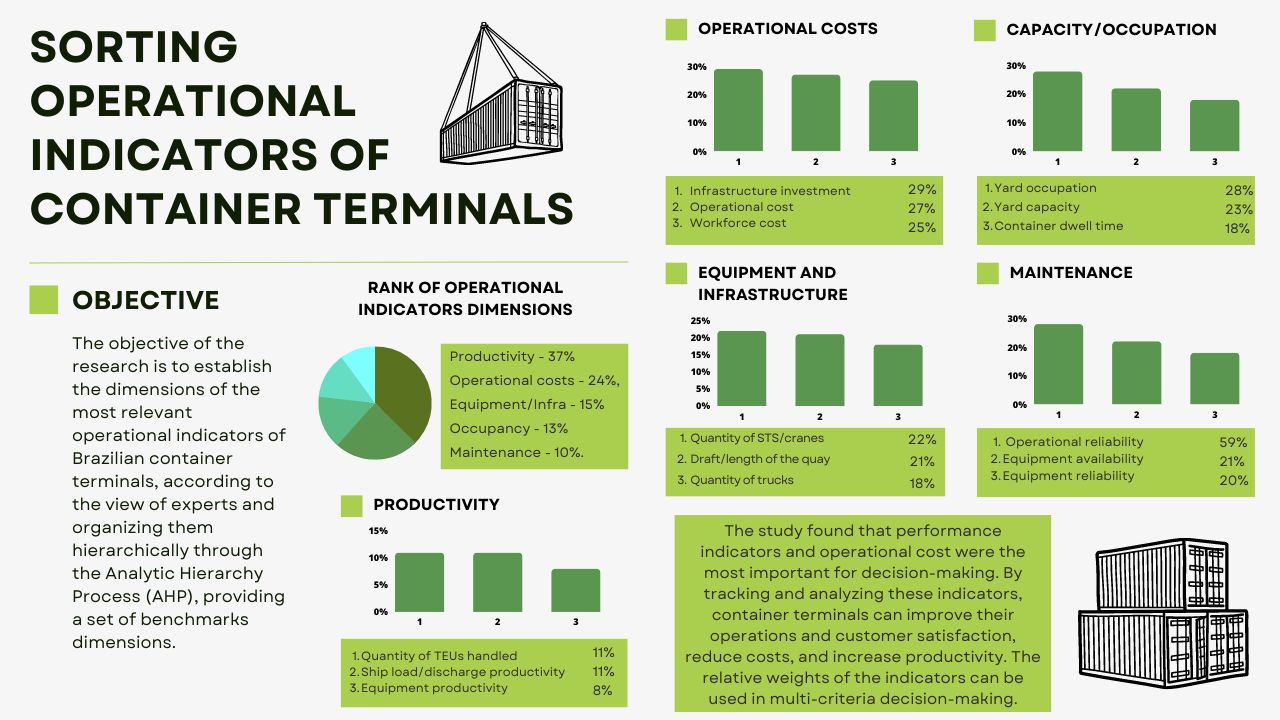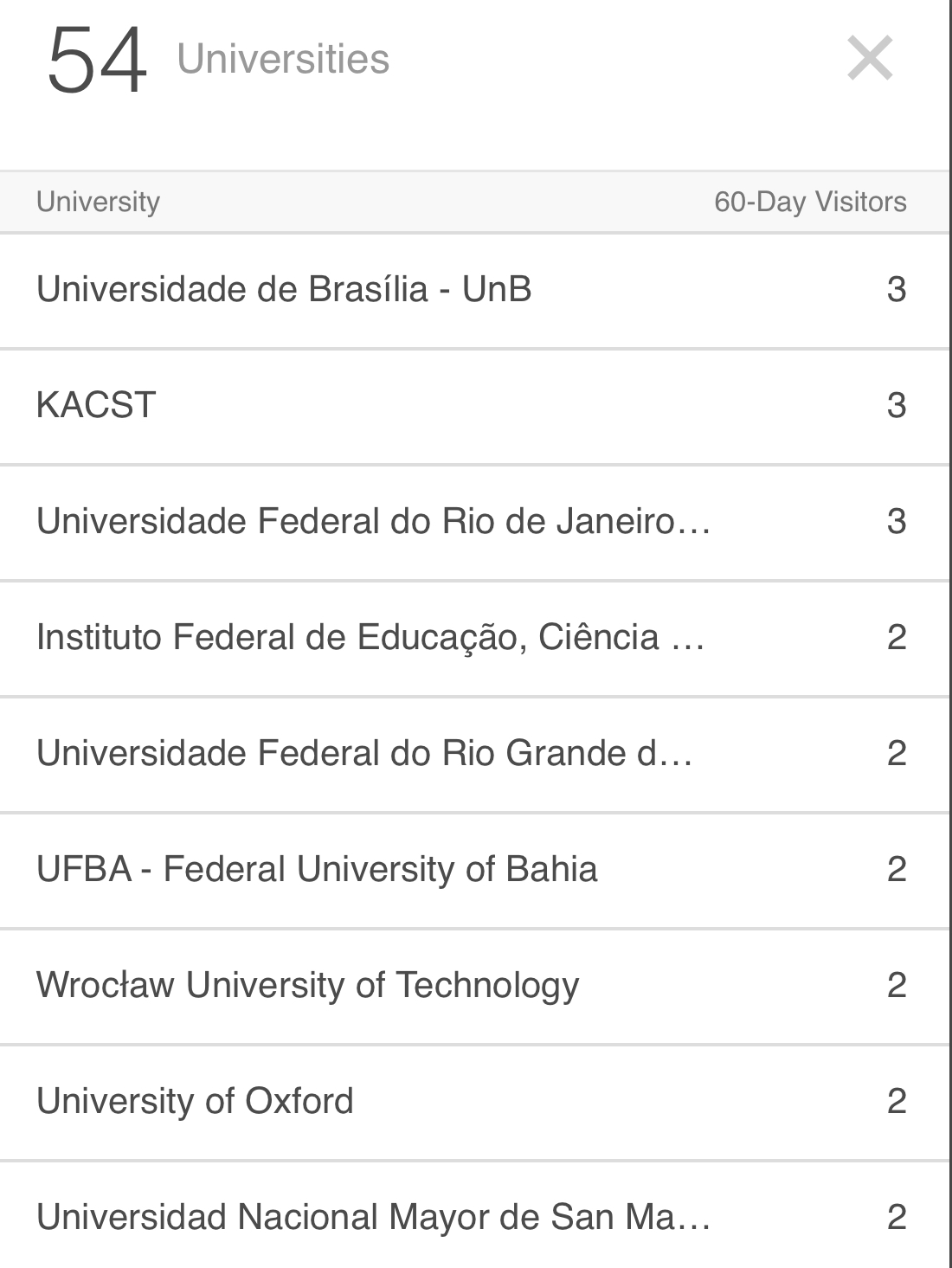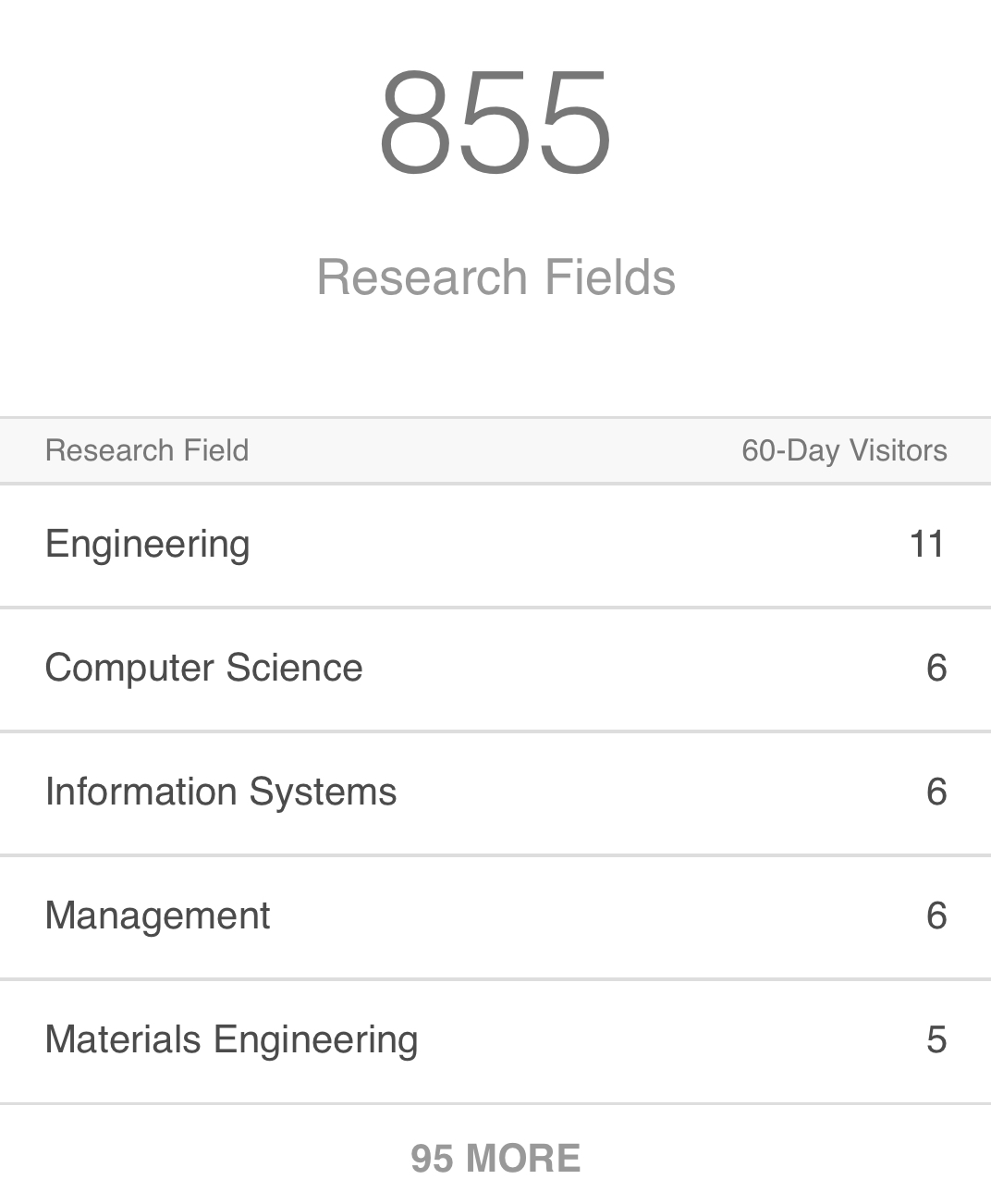Submissão
Condições para submissão
Todas as submissões devem atender aos seguintes requisitos.
- O TEXTO SEGUE OS PADRÕES DE ESTILO E REQUISITOS BIBLIOGRÁFICOS QUANTO A AMERICAN PSYCHOLOGICAL ASSOCIATION - APA.
- URLs para as referências foram informadas quando disponíveis.
- Os arquivos para submissão estão em formato Microsoft Word, OpenOffice ou RTF (desde que não ultrapassem 2MB)
- PARA OBTER OS PADRÕES DE FORMATAÇÃO DE TEXTO DA REVISTA, CLIQUE Abaixo: NORMAS BJPE 2025 - Português.
EDUCAÇÃO EM ENGENHARIA
Universo de inserção da educação superior em engenharia (graduação, pós-graduação, pesquisa e extensão) e suas áreas afins, a partir de uma abordagem sistêmica englobando a gestão dos sistemas educacionais em todos os seus aspectos: a formação de pessoas (corpo docente e técnico administrativo); a organização didático pedagógica, especialmente o projeto pedagógico de curso; as metodologias e os meios de ensino/aprendizagem. Pode-se considerar, pelas características encerradas nesta especialidade como uma "Engenharia Pedagógica", que busca consolidar estas questões, assim como, visa apresentar como resultados concretos das atividades desenvolvidas, alternativas viáveis de organização de cursos para o aprimoramento da atividade docente, campo em que o professor já se envolve intensamente sem encontrar estrutura adequada para o aprofundamento de suas reflexões e investigações.
- Estudo da Formação do Engenheiro
- Estudo do Desenvolvimento e Aplicação da Pesquisa e da Extensão em Engenharia
- Estudo da Ética e da Prática Profissional em Engenharia
- Práticas Pedagógicas e Avaliação Processo de Ensino-Aprendizagem em Engenharia
- Gestão e Avaliação de Sistemas Educacionais de Cursos de Engenharia

ENERGIA
* PETRÓLEO, GÁS & ENERGIAS RENOVÁVEIS
No contexto da exploração de hidrocarbonetos, o Brasil tem visto suas reservas crescerem de forma expressiva com a prospecção em águas profundas e ultra-profundas, mais recentemente destaca-se uma nova fronteira: o pré-sal; que colocou o Brasil entre os países com as maiores reservas de hidrocarbonetos. Contudo, os desafios inerentes à exploração destas reservas são muitos, nesse sentido esta linha de pesquisa busca agregar conhecimento com o desenvolvimento dos seguintes grupos:
-Geo-engenharia de reservatório de petróleo e gás; que além de envolver as geociências, abrangem estudos de modelagem de escoamentos complexos em meios porosos visando o aprimorar as técnicas de recuperação de hidrocarbonetos;
-Produção e processamento de petróleo e gás, aglutinando esforços na caracterização de petróleos e emulsões, operações de perfuração e completação, elevação e escoamento, processamento primário e refino;
-Desenvolvimento e aplicação de sistemas computacionais e protótipos eletrônicos para apoio à exploração e/ou produção de petróleo, gás e energias renováveis.
* EFICIÊNCIA ENERGÉTICA
Em sintonia com a realidade do setor energético brasileiro, esta linha de pesquisa busca contribuir com trabalhos que estão diretamente envolvidos com a eficiência energética, como, por exemplo:
-Desenvolvimento de materiais: síntese e caracterização de materiais nanoparticulados aplicados à indústria; novos materiais empregados na tecnologia em energia;
-Otimização e logística de sistemas de energia;
-Modelagem e simulação de processos energéticos;
-Engenharia de processos: caracterização de materiais, desenvolvimento e otimização de processos de separação e refino aplicados a indústria química, de petróleo, uso de reatores químicos e bioquímicos empregados na produção de biocombustíveis.

ENGENHARIA AGRÍCOLA
Agricultura é o setor responsável por um terço do produto interno bruto brasileiro, este fato, por si só justifica uma grande demanda do de pesquisas, desenvolvimento e inovação tecnológica como ferramentas importantes para crescimento integral e sustentável do agronegócio brasileiro. Há três fatores ligados à produção agrícola: o físico, como o solo e o clima; o fator humano, que corresponde à mão de obra em seu desenvolvimento; e o fator econômico, que se refere ao valor da terra e o nível de tecnologias aplicadas na produção. Neste sentido, convidamos autores a submeterem contribuições que possam agregar significativamente por meio de pesquisas teóricas e experimentais, desenvolvimento de técnicas de produção agrícola, inovação de processos agrícolas e transferência de tecnologia nas áreas de fitotecnia, solos, engenharia de sistemas agrícolas, desenvolvimento rural, economia rural, agricultura sustentável e agricultura familiar.

ENGENHARIA AMBIENTAL E SUSTENTABILIDADE
Planejamento da utilização eficiente dos recursos naturais nos sistemas produtivos diversos, da destinação e tratamento dos resíduos e efluentes destes sistemas, bem como da implantação de sistema de gestão ambiental e responsabilidade social.
- Gestão Ambiental
- Sistemas de Gestão Ambiental e Certificação
- Gestão de Recursos Naturais e Energéticos
- Gestão de Efluentes e Resíduos Industriais
- Produção mais Limpa e Ecoeficiência
- Responsabilidade Social
- Desenvolvimento Sustentável

ENGENHARIA DA QUALIDADE
Planejamento, projeto e controle de sistemas de gestão da qualidade que considerem o gerenciamento por processos, a abordagem factual para a tomada de decisão e a utilização de ferramentas da qualidade.
- Gestão de Sistemas da Qualidade
- Planejamento e Controle da Qualidade
- Normalização, Auditoria e Certificação para a Qualidade
- Organização Metrológica da Qualidade
- Confiabilidade de Processos e Produtos

ENGENHARIA DE ALIMENTOS & GASTRONOMIA
A comida é essencial à sobrevivência humana e animal, com técnicas de transformação de alimentos merecendo destaque na sociedade constantemente, seja através de programas culinários, de reality shows ou da indústria alimentícia.
Através da gastronomia é possível o resgate e a manutenção da memória de um povo, do resgate identitário de civilizações passadas, sendo inclusive um importante segmento turístico. O Ministério do Turismo vem trabalhando na formação do Programa Nacional de Turismo Gastronômico, com um conjunto de ações que tem objetivo de fomentar este segmento e efetivar o Brasil como destino de referência na gastronomia.
Gastronomia também está ligada ao prazer, a hospitalidade, ao bem-estar e a curiosidade pelo preparo de diferentes cardápios, do como fazê-lo e minimizando ao máximo as perdas.
A gastronomia e a engenharia de alimentos são determinantes para o correto preparo e transformação de alimentos, visando minimizar perdas e buscando desenvolver técnicas de gastronomia sustentável ao mesmo tempo que estuda o processo de manipulação, conservação, durabilidade e processos que envolvam a fabricação dos alimentos. Processos esses que aumenta a durabilidade dos alimentos de forma que podem ser consumidos em qualquer época do ano e em qualquer região do Brasil e do mundo.

ENGENHARIA DE AQUICULTURA & PESCA
A atividade de Pesca e Aquicultura é uma das principais atividades no Brasil e é praticada em toda sua extensão, em uma diversidade de habitats, como na região costeira, em alto mar, rios, lagos, manguezais, costões e reservatórios. Essa temática vem ganhando espaço na literatura, propiciando uma base teórica e consistente para que atividade se desenvolva, com propostas inovadoras para os inúmeros desafios encontrados atualmente.

ENGENHARIA DE OPERAÇÕES E PROCESSOS DA PRODUÇÃO
Projetos, operações e melhorias dos sistemas que criam e entregam os produtos (bens ou serviços) primários da empresa.
- Gestão de Sistemas de Produção e Operações
- Planejamento, Programação e Controle da Produção
- Gestão da Manutenção
- Projeto de Fábrica e de Instalações Industriais: organização industrial, layout/arranjo físico
- Processos Produtivos Discretos e Contínuos: procedimentos, métodos e sequências
- Engenharia de Métodos

ENGENHARIA DO PRODUTO
Conjunto de ferramentas e processos de projeto, planejamento, organização, decisão e execução envolvidas nas atividades estratégicas e operacionais de desenvolvimento de novos produtos, compreendendo desde a concepção até o lançamento do produto e sua retirada do mercado com a participação das diversas áreas funcionais da empresa.
- Gestão do Desenvolvimento de Produto
- Processo de Desenvolvimento do Produto
- Planejamento e Projeto do Produto

ENGENHARIA DO TRABALHO
Projeto, aperfeiçoamento, implantação e avaliação de tarefas, sistemas de trabalho, produtos, ambientes e sistemas para fazê-los compatíveis com as necessidades, habilidades e capacidades das pessoas visando a melhor qualidade e produtividade, preservando a saúde e integridade física. Seus conhecimentos são usados na compreensão das interações entre os humanos e outros elementos de um sistema. Pode-se também afirmar que esta área trata da tecnologia da interface máquina - ambiente - homem - organização.
- Projeto e Organização do Trabalho
- Ergonomia
- Sistemas de Gestão de Higiene e Segurança do Trabalho
- Gestão de Riscos de Acidentes do Trabalho

ENGENHARIA ECONÔMICA
Formulação, estimação e avaliação de resultados econômicos para avaliar alternativas para a tomada de decisão, consistindo em um conjunto de técnicas matemáticas que simplificam a comparação econômica.
- Gestão Econômica
- Gestão de Custos
- Gestão de Investimentos
- Gestão de Riscos

ENGENHARIA ORGANIZACIONAL
Conjunto de conhecimentos relacionados à gestão das organizações, englobando em seus tópicos o planejamento estratégico e operacional, as estratégias de produção, a gestão empreendedora, a propriedade intelectual, a avaliação de desempenho organizacional, os sistemas de informação e sua gestão e os arranjos produtivos.
- Gestão Estratégica e Organizacional
- Gestão de Projetos
- Gestão do Desempenho Organizacional
- Gestão da Informação
- Redes de Empresas
- Gestão da Inovação
- Gestão da Tecnologia
- Gestão do Conhecimento

GESTÃO DE SERVIÇOS & TURISMO
Gestão de Serviços (GS) é uma linha editorial que se concentra no estudo, planejamento, operação e melhoria de sistemas e processos relacionados à prestação de serviços. Essa área explora aspectos estratégicos, operacionais e organizacionais que contribuem para a criação de valor para clientes e organizações.
GESTÃO PÚBLICA
As relações entre organizações públicas e pessoas estão cada vez mais complexas, e isso, pode ser atribuído a existência de um elevado número de dimensões e variáveis que circundam essa importante área da administração. Por esse motivo, esta edição especial abordará de forma interdisciplinar temáticas sobre Gestão Pública relacionadas a Política, Planejamento e Governança Pública, Tecnologia, Inovação e Operações.

INFORMAÇÃO & CONHECIMENTO
Apresentação de resultados de trabalhos de pesquisa nas áreas de:
- Web semântica, dados abertos e dados conectados;
- Tecnologias aplicadas a sistemas, produtos e serviços de informação e de conhecimento;
- Transformação e gestão da informação e do conhecimento;
- Ferramentas de Business Intelligence;
- Visualização de dados, informação e conhecimento.

LOGÍSTICA
Técnicas para o tratamento das principais questões envolvendo o transporte, a movimentação, o estoque e o armazenamento de insumos e produtos, visando a redução de custos, a garantia da disponibilidade do produto, bem como o atendimento dos níveis de exigências dos clientes.
- Gestão da Cadeia de Suprimentos
- Gestão de Estoques
- Projeto e Análise de Sistemas Logísticos
- Logística Empresarial
- Transporte e Distribuição Física
- Logística Reversa

NOTAS TÉCNICAS E DE PESQUISA
Seção destinada a manuscritos com curta e direta escrita e voltados para elucidação ou posicionamento técnico científico para atender demanda específica, relevância ou questões metodológicas exclusivas as demais seções e escopo da BJPE.

PESQUISA OPERACIONAL
Resolução de problemas reais envolvendo situações de tomada de decisão, através de modelos matemáticos habitualmente processados computacionalmente. Aplica conceitos e métodos de outras disciplinas científicas na concepção, no planejamento ou na operação de sistemas para atingir seus objetivos. Procura, assim, introduzir elementos de objetividade e racionalidade nos processos de tomada de decisão, sem descuidar dos elementos subjetivos e de enquadramento organizacional que caracterizam os problemas.
- Modelagem, Simulação e Otimização
- Programação Matemática
- Processos Decisórios
- Processos Estocásticos
- Teoria dos Jogos
- Análise de Demanda
- Inteligência Computacional

TECNOLOGIA E INOVAÇÃO NA SAÚDE
As inovações tecnológicas para a saúde cada vez mais se apresentam de suma importância para o avanço nos tratamentos de diversas doenças. Por esse motivo, esta edição especial abordará diversas áreas, para promover uma maior interdisciplinaridade no tema, serão abordadas temáticas sobre engenharia clínica, gestão hospitalar, gestão biomédica, saúde médica e farmacêutica, telemedicina, realidade virtual na saúde, inteligência artificial na saúde, impressora 3d, dentre outros temas correlatos.

Declaração de Direito Autoral
Autores que publicam nesta revista concordam com os seguintes termos:
a) Autores mantém os direitos autorais e concedem à revista o direito de primeira publicação, com o trabalho simultaneamente licenciado sob a Licença Creative Commons Atribuição 4.0 Internacional, que permite o compartilhamento do trabalho com reconhecimento da autoria e publicação inicial nesta revista.
b) Autores têm autorização para assumir contratos adicionais separadamente, para distribuição não-exclusiva da versão do trabalho publicada nesta revista (ex.: publicar em repositório institucional ou como capítulo de livro), com reconhecimento de autoria e publicação inicial nesta revista.
c) Autores têm permissão e são estimulados a publicar e distribuir seu trabalho online (ex.: em repositórios institucionais ou na sua página pessoal) a qualquer ponto antes ou durante o processo editorial, já que isso pode gerar alterações produtivas, bem como aumentar o impacto e a citação do trabalho publicado.
d) O conteúdo dos artigos publicados pela BJPE é de inteira responsabilidade de seus autores.
Os autores declaram expressamente concordar com os termos da presente Declaração de Direito Autoral, que se aplicará a submissão caso seja publicada por esta Revista.

Atribuição 4.0 internacional CC BY 4.0 Deed
Esta licença permite que outros remixem, adaptem e desenvolvam seu trabalho não comercialmente, contanto que eles creditem a você e licenciem suas novas criações sob os mesmos termos.
------------------------------------------------
Política de Privacidade
Editar Declaração de Direito Autoral
Esta licença permite que outros remixem, adaptem e desenvolvam seu trabalho não comercialmente, contanto que eles creditem a você e licenciem suas novas criações sob os mesmos termos.






















































